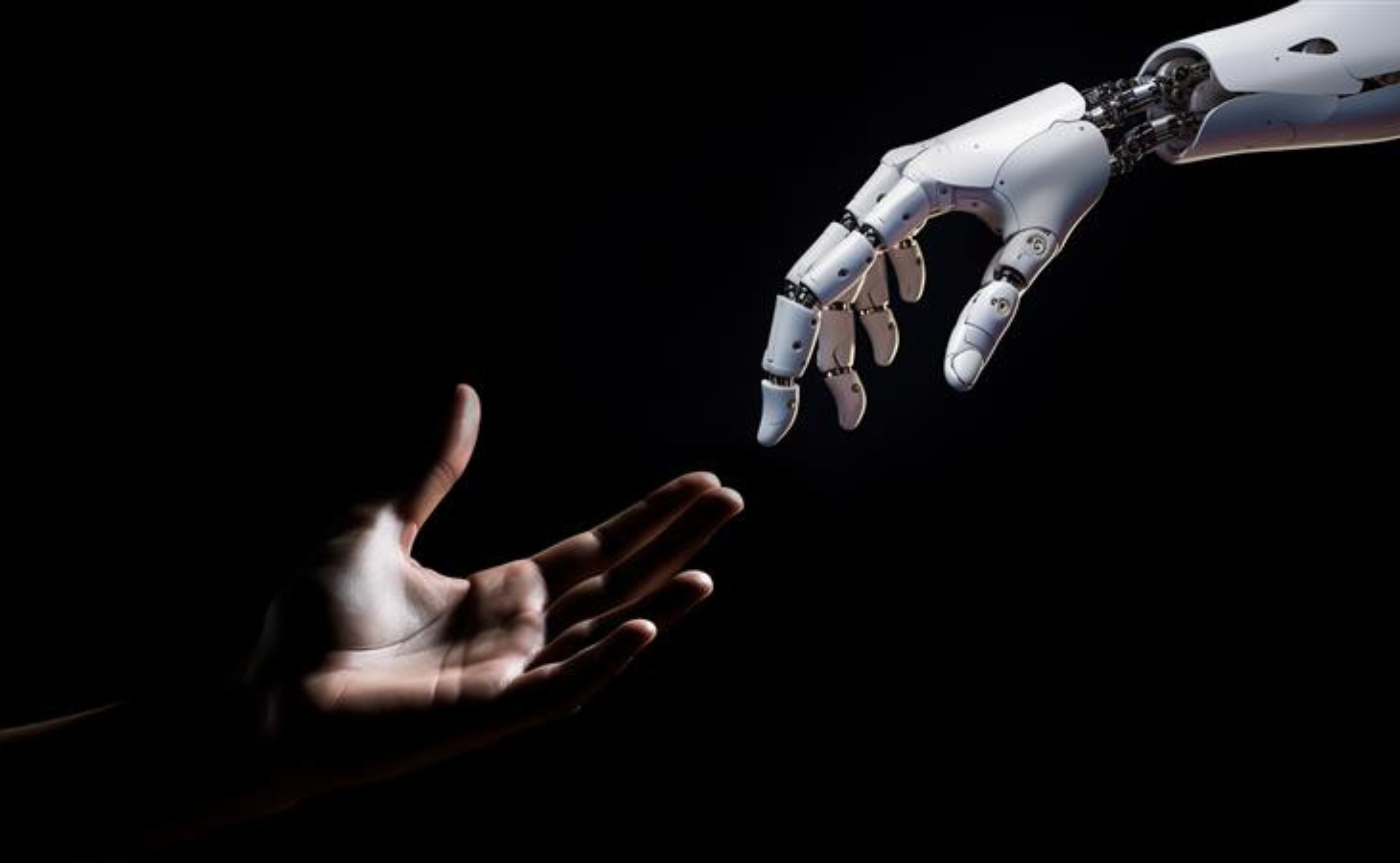
Digital technology has the potential to boost productivity and create new jobs, making it a key driver for low and middle-income countries aiming to reach high-income status sustainably. The ongoing digital transformation and integration of artificial intelligence (AI) in daily business operations across various sectors are shifting labor demand. Globally, the nature of work is undergoing a fundamental shift, with routine and repetitive tasks increasingly being automated. Across the world, it is projected that 400 million–800 million jobs are at risk of being displaced by automation and AI, and up to two-thirds of jobs in developing Asia and the Pacific.
How Will AI and the Digital Transformation Impact the Workforce?
Labor-intensive sectors, such as manufacturing, transportation, textiles, retail and customer service, and administrative and logistics services, face the highest risk of automation since many of these involve routine and repetitive tasks that can be replaced by AI technology. To keep up, workers will need to develop skills in fields such as data analysis, machine learning, cybersecurity, AI development, IT support, and digital literacy to optimize the use of digital technology.
This transformation is already undoubtedly disrupting and reshaping labor markets in developing Asia and the Pacific, and it is not limited only to tech-centric industries but also extends to healthcare, finance, education, and even agriculture. At the same time, it presents opportunities to accelerate inclusive and sustainable development by enhancing economic productivity and efficiency, creating new job markets, stimulating economic growth, improving access to basic services, and supporting climate actions and resilience. This transformation, if successfully done, can propel middle-income countries to high-income status.
Technology cannot easily replace human judgment capabilities or interpersonal communication skills, and these will become even more important. In jobs where AI and digital technologies enhance human performance instead of replacing it, technology is likely to act as a productive and collaborative partner, enabling workers to focus on higher-value, more intellectual responsibilities, such as problem-solving, creative thinking, and actions requiring high-level communication and social skills.
Four Priority Policy Actions
Building resilient economies that are well prepared for the AI revolution requires the following policy actions:
- Public–private partnerships to upskill and reskill the workforce. Workers will need to be equipped with the necessary skills and competencies required in AI-driven workplaces. Public–private partnerships are key as the government has a clear role to ensure equity, while the private sector is more agile in identifying areas where reskilling or upskilling is needed. Governments, together with the private sector, must invest in lifelong learning systems, vocational training, and inclusive digital access to ensure that all workers can be adequately skilled, including women, youth, and informal workers, who are at risk of being left behind. In the Philippines, the Technical Education and Skills Development Authority piloted an initiative with a startup, Eskwelabs, with the support of the Asian Development Bank (ADB) to develop a customized digital training curriculum to enhance public sector capacity in the digital economy.
- Aligning education systems with digital economy needs. Ensuring that education keeps pace with the demands of the digital economy is essential. Schools should incorporate subjects that help students make the most of digital technology. These include “human cooperative skills,” such as AI literacy, algorithmic communication, data-centric skills, as well as “human competitive skills,” such as emotional intelligence, holistic and strategic thinking, creativity, and critical and ethical thinking. Together, these skills will help build the next generation of workers. Greater investment in vocational training is also needed to create an agile, adaptable education system supported by collaboration between universities and employers throughout people’s lives. In the Republic of Korea, to bridge the gap in educational resources between rural and urban areas and help cultivate the necessary skills for a digital economy, the government introduced the Smart Education Initiative in 2011, integrating digital tools and e-learning platforms into public schools.
- Building inclusive, accessible, and affordable digital infrastructure. Strong digital infrastructure is critical for everyone, but especially for women, youth, rural communities, and marginalized groups. Women, for example, are 2.5 times more exposed to automation risks than men. By investing in new infrastructure and updating outdated systems, rural and remote communities can gain equitable internet access and connect to platforms and markets that drive economic development. Better infrastructure also enables digital leapfrogging, allowing countries to bypass traditional gaps by adopting advanced digital solutions, such as mobile banking, e-learning, e-commerce, and telemedicine without the high costs of conventional development. To make this work, policymakers should also design appropriate regulatory frameworks to strengthen AI governance and ensure the benefits reach everyone.
- Strengthening social protection programs. Robust social safety nets for displaced workers and those who lose their jobs can help ensure a decent income during times of disruption, while also supporting training, upskilling, and reskilling. Expanding coverage to informal workers and those in the gig economy will further improve working conditions and help reduce inequality and poverty.
When designing policies, governments need an agile, forward-looking approach that includes consultation and collaboration with all stakeholders, including workers and employers, to ensure occupations are transformed in ways that improve working conditions and productivity. Without proper planning and policies, AI and the digital transformation could lead not only to massive job losses and widen the digital divide, especially for low- and middle-income countries and vulnerable groups, further threatening sustainable development.
For more insights, see highlights from ADBI’s side event at the 58th ADB Annual Meeting, “Navigating the Digital Leap: Reimagining Work for Sustainable Prosperity,” and the ADB report on Harnessing Digital Transformation for Good.






